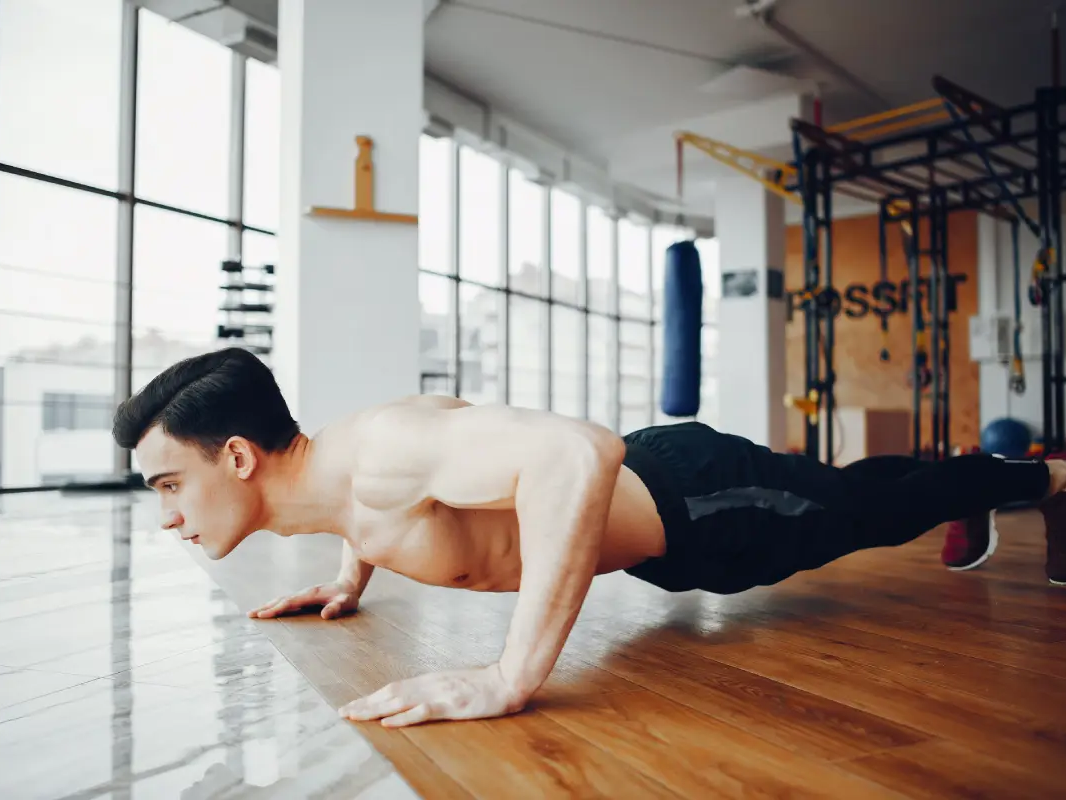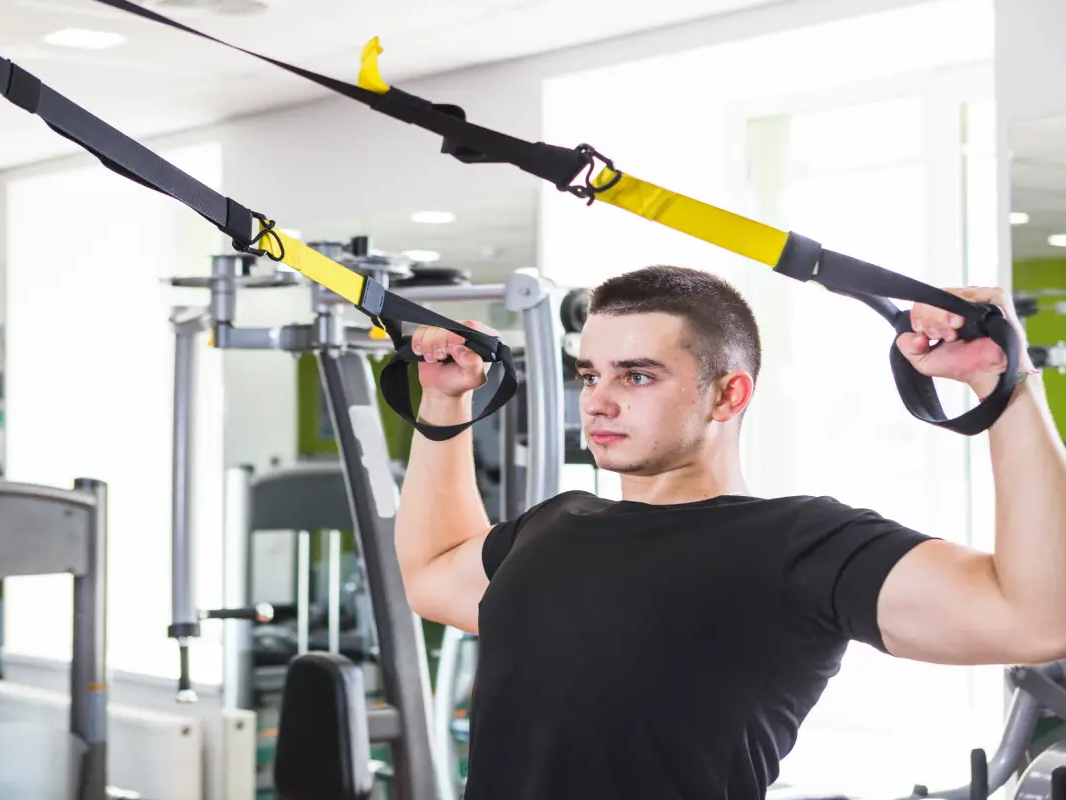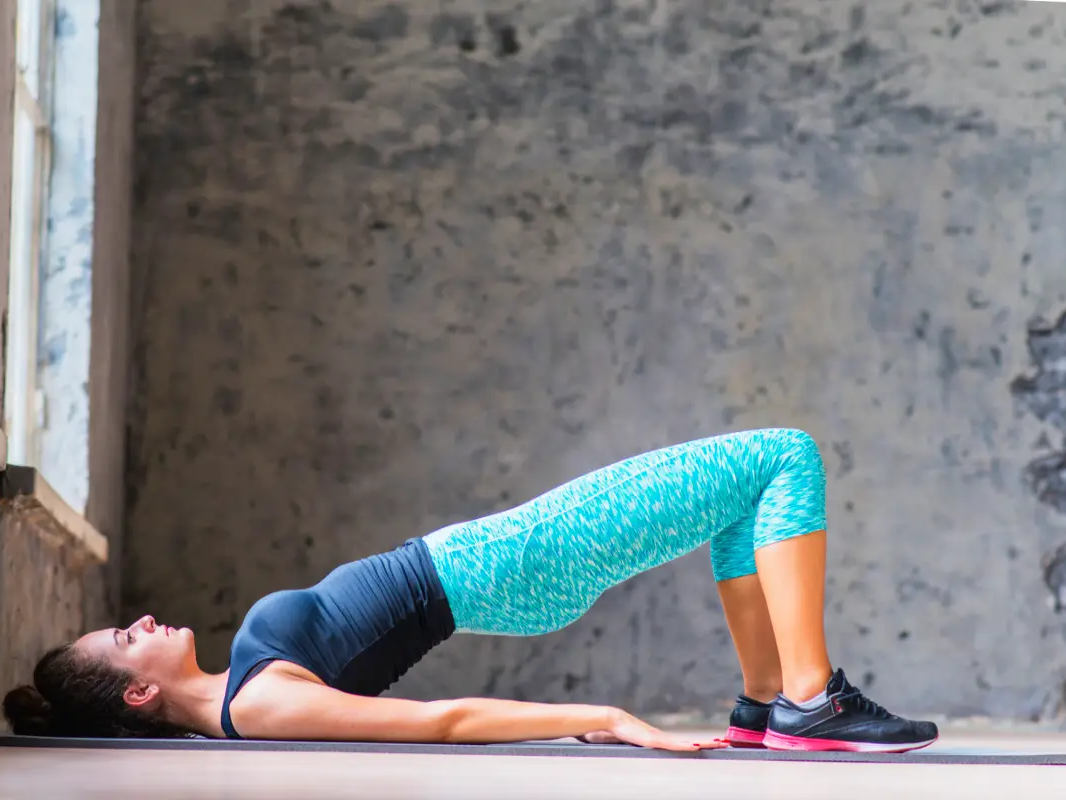The sumo squat is a variation of the traditional squat that places greater emphasis on the inner thigh muscles, glutes, and quadriceps. This movement is widely used in strength training, mobility exercises, and lower-body workouts to enhance muscle engagement and improve functional movement. Proper execution of the sumo squat is essential for maximizing its benefits while minimizing the risk of injury.
Table of Contents
ToggleWhat is a Sumo Squat?
The sumo squat is a lower-body exercise that differs from the conventional squat due to its wider stance and outwardly rotated feet. This positioning shifts the focus toward the inner thighs (adductors) while still engaging the glutes, hamstrings, and quadriceps. It is commonly incorporated into strength training programs to build lower-body endurance, flexibility, and stability.
Benefits of the Sumo Squat
The sumo squat provides several advantages for individuals looking to strengthen their lower body, including:
- Targeting Inner Thighs: The wider stance places greater emphasis on the adductor muscles, which are often underworked in standard squats.
- Enhancing Glute Activation: The squat engages the gluteus maximus and medius, promoting better posterior chain development.
- Improving Hip Mobility: The sumo squat increases hip flexibility and range of motion, which can benefit overall athletic performance.
- Strengthening Core Stability: The movement requires engagement of the core muscles for balance and proper posture.
- Versatility in Training: It can be performed with or without weights, making it suitable for beginners and advanced athletes alike.
How to Perform the Sumo Squat
To execute the sumo squat correctly, follow these step-by-step instructions:
- Set Up Your Stance:
- Stand with feet wider than shoulder-width apart.
- Point toes outward at approximately a 45-degree angle.
- Engage Core and Lower Your Body:
- Keep your chest lifted and engage your core muscles.
- Slowly lower into a squat position by bending your knees and pushing hips downward.
- Ensure that knees remain aligned with toes throughout the movement.
- Reach Depth and Hold:
- Lower yourself until your thighs are parallel to the ground or slightly lower, depending on mobility.
- Maintain an upright posture without allowing the back to round.
- Return to Standing Position:
- Push through the heels to return to a standing position.
- Fully extend the hips at the top of the movement.
Common Mistakes to Avoid
- Allowing Knees to Cave In: Keep knees aligned with toes to prevent unnecessary strain.
- Leaning Too Far Forward: Maintain a straight back to avoid lower back stress.
- Raising Heels Off the Ground: Ensure that heels remain firmly planted for stability.
Variations of the Sumo Squat
To increase difficulty or add variety, the sumo squat can be modified using different equipment and techniques:
- Dumbbell Sumo Squat: Holding a dumbbell at chest level adds resistance for increased muscle engagement.
- Kettlebell Sumo Squat: Using a kettlebell between the legs provides a different grip challenge and enhances grip strength.
- Sumo Squat with Resistance Bands: Placing a resistance band above the knees increases tension on the inner thighs.
- Jump Sumo Squat: Incorporating a jump at the top of the movement engages explosive power and cardiovascular endurance.
Muscles Worked in the Sumo Squat
The sumo squat targets multiple lower-body muscle groups, including:
- Adductors (Inner Thighs): Primary muscles activated due to the wider stance.
- Glutes: Engages the gluteus maximus and medius for posterior chain strength.
- Quadriceps: Works the front thigh muscles for knee extension and stability.
- Hamstrings: Provides additional support for knee flexion and hip extension.
- Core Muscles: Engaged for balance and spinal stability throughout the movement.
Incorporating the Sumo Squat into a Workout Routine
The sumo squat can be integrated into a lower-body strength routine or a full-body workout. Some suggested programming options include:
- Beginners: 3 sets of 12–15 repetitions using body weight.
- Intermediate: 3–4 sets of 10–12 repetitions using a dumbbell or kettlebell.
- Advanced: 4–5 sets of 8–10 repetitions with increased weight or additional resistance.
The exercise can be performed 2–3 times per week as part of a comprehensive strength and conditioning program.
Conclusion
The sumo squat is an effective exercise for strengthening the inner thighs, glutes, and overall lower body. By maintaining proper form and incorporating variations, individuals can maximize the benefits of this movement while minimizing the risk of injury. Whether performed with body weight or added resistance, the sumo squat remains a valuable component of any well-rounded fitness regimen.
Last Updated on October 18, 2025
Written By
At Ironclad Fitness, we cut through the noise with expert-backed, no-nonsense advice on training, nutrition, and gear. Our team stays ahead with research, real-world experience, and insights from industry professionals. We prioritize accuracy, transparency, and actionable guidance to help you get stronger every day.
Join thousands of readers leveling up their fitness.
Skip the guesswork—get insights on training, health, and the right gear to support your progress.
You may also like
4 Push Up Workouts for Total Body Strength
Push-ups are one of the most effective bodyweight exercises for building…
5 Best Hamstring Stretches For Tight Leg Muscles
Tight hamstrings limit mobility and increase the risk of injury. Hamstring…
6 Best Arm Workouts for Beginners
Arm workouts are essential for building strength, improving muscle tone, and…
How To Do Face Pulls (And Actually Feel Them)
Face pulls strengthen the rear delts, traps, and rotator cuff muscles. They…
What are Glute Muscles & How to Make Them Stronger
The glute muscles are essential for stability, movement, and strength. They…
How to Do a Hack Squat Safely and Effectively
The hack squat builds leg strength, muscle mass, and stability. It targets the…





